 Although Tim Slusarczyk (Ag Radio Network, Inc., Barneveld, NY) is new to NAFB membership, he has been involved in farm radio for his whole life thanks to his grandfather Edwin Slusarczyk. From an early age, Tim spent time at Ag Radio Network, Inc., and even before he was officially on the payroll you could find him stuffing cassettes into envelopes for their affiliates and quietly observing Ed's talent in the recording booth during broadcasts.
Although Tim Slusarczyk (Ag Radio Network, Inc., Barneveld, NY) is new to NAFB membership, he has been involved in farm radio for his whole life thanks to his grandfather Edwin Slusarczyk. From an early age, Tim spent time at Ag Radio Network, Inc., and even before he was officially on the payroll you could find him stuffing cassettes into envelopes for their affiliates and quietly observing Ed's talent in the recording booth during broadcasts.
Read More
 Mick Kjar (Farm Talk Radio Network, KQLX, Fargo, ND) claims he is of the Baby Boomer generation, growing up in the 50s and 60s with cows and corn in southeast North Dakota. “I spent my teenage years cultivating corn and getting chased by angry momma cows.” Mick recalls, “The early 60s was the heyday of top-40 rock and roll radio and coincidentally the tractor radio. So, as I spent hours upon hours in the corn field or making hay, I fell in love with radio.
Mick Kjar (Farm Talk Radio Network, KQLX, Fargo, ND) claims he is of the Baby Boomer generation, growing up in the 50s and 60s with cows and corn in southeast North Dakota. “I spent my teenage years cultivating corn and getting chased by angry momma cows.” Mick recalls, “The early 60s was the heyday of top-40 rock and roll radio and coincidentally the tractor radio. So, as I spent hours upon hours in the corn field or making hay, I fell in love with radio.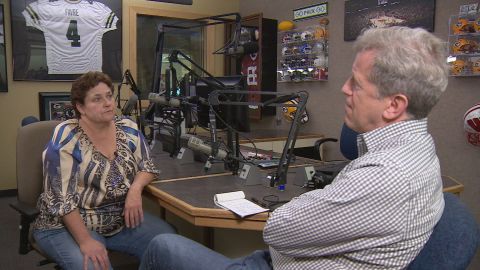 “Connecting with our agriculture audience is critical to being a successful farm broadcaster, but it can also have its pitfalls,” said Pam Jahnke (WI Farm Report Radio Network, Madison, WI). She reports that in April, 58 Wisconsin dairy farms of all sizes, got an unsigned, impersonal letter from their dairy processor announcing that as of May 1, they’d no longer have a home for their milk.
“Connecting with our agriculture audience is critical to being a successful farm broadcaster, but it can also have its pitfalls,” said Pam Jahnke (WI Farm Report Radio Network, Madison, WI). She reports that in April, 58 Wisconsin dairy farms of all sizes, got an unsigned, impersonal letter from their dairy processor announcing that as of May 1, they’d no longer have a home for their milk.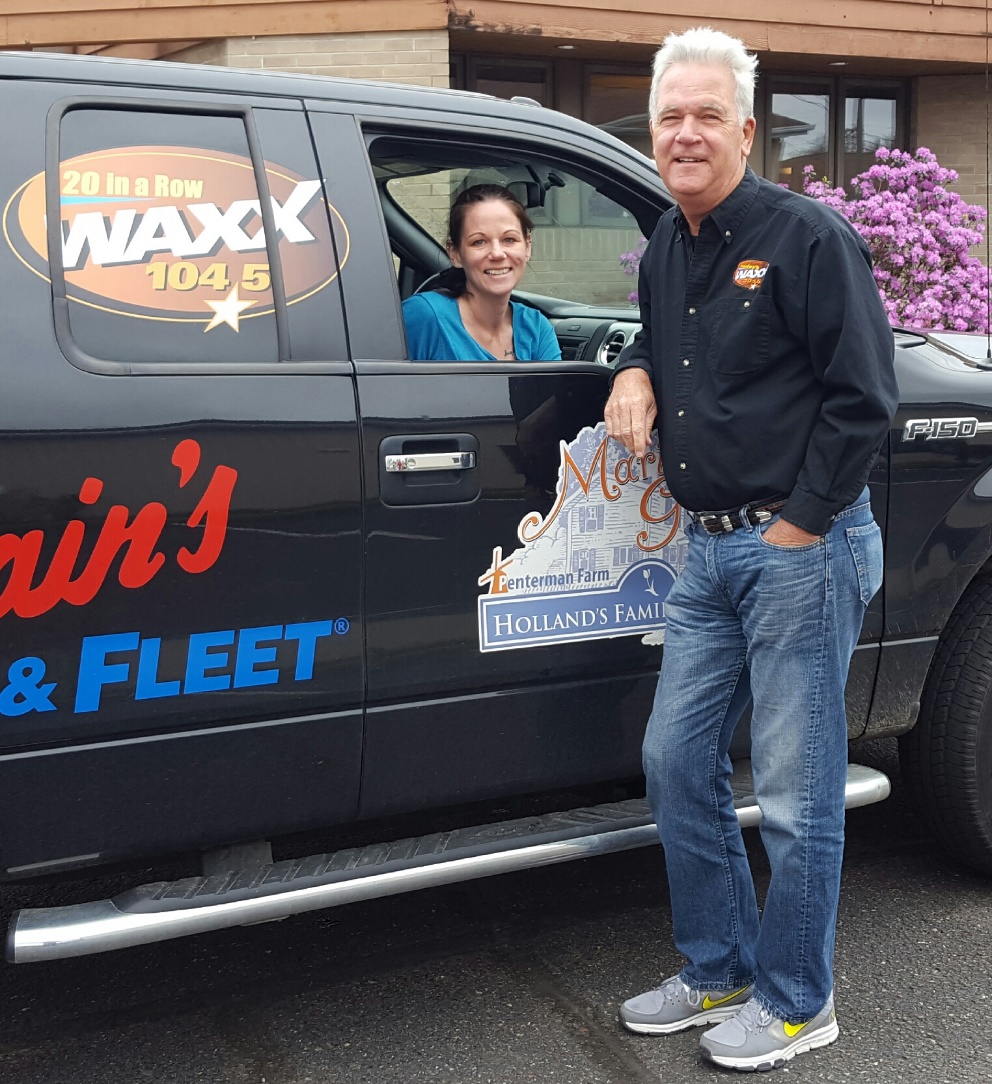 For the past 10 months there has been a new, second voice sharing agricultural markets and news with farmers in Wisconsin. Kristin Smith joined WAXX 104.5 FM/WAYY 105.1 FM, Midwest Family Broadcasting’s Eau Claire farm department as the assistant farm director helping NAFB Hall of Fame Broadcaster Bob Bosold with the daily and weekly chores.
For the past 10 months there has been a new, second voice sharing agricultural markets and news with farmers in Wisconsin. Kristin Smith joined WAXX 104.5 FM/WAYY 105.1 FM, Midwest Family Broadcasting’s Eau Claire farm department as the assistant farm director helping NAFB Hall of Fame Broadcaster Bob Bosold with the daily and weekly chores.  Shawna Olson has been in the television industry since 1999. “I started out as a general assignment reporter, anchor and eventually became a meteorologist for the NBC and CBS affiliates in Fargo, ND,” she said. “I left the television industry to pursue a career in agriculture about seven years ago.
Shawna Olson has been in the television industry since 1999. “I started out as a general assignment reporter, anchor and eventually became a meteorologist for the NBC and CBS affiliates in Fargo, ND,” she said. “I left the television industry to pursue a career in agriculture about seven years ago.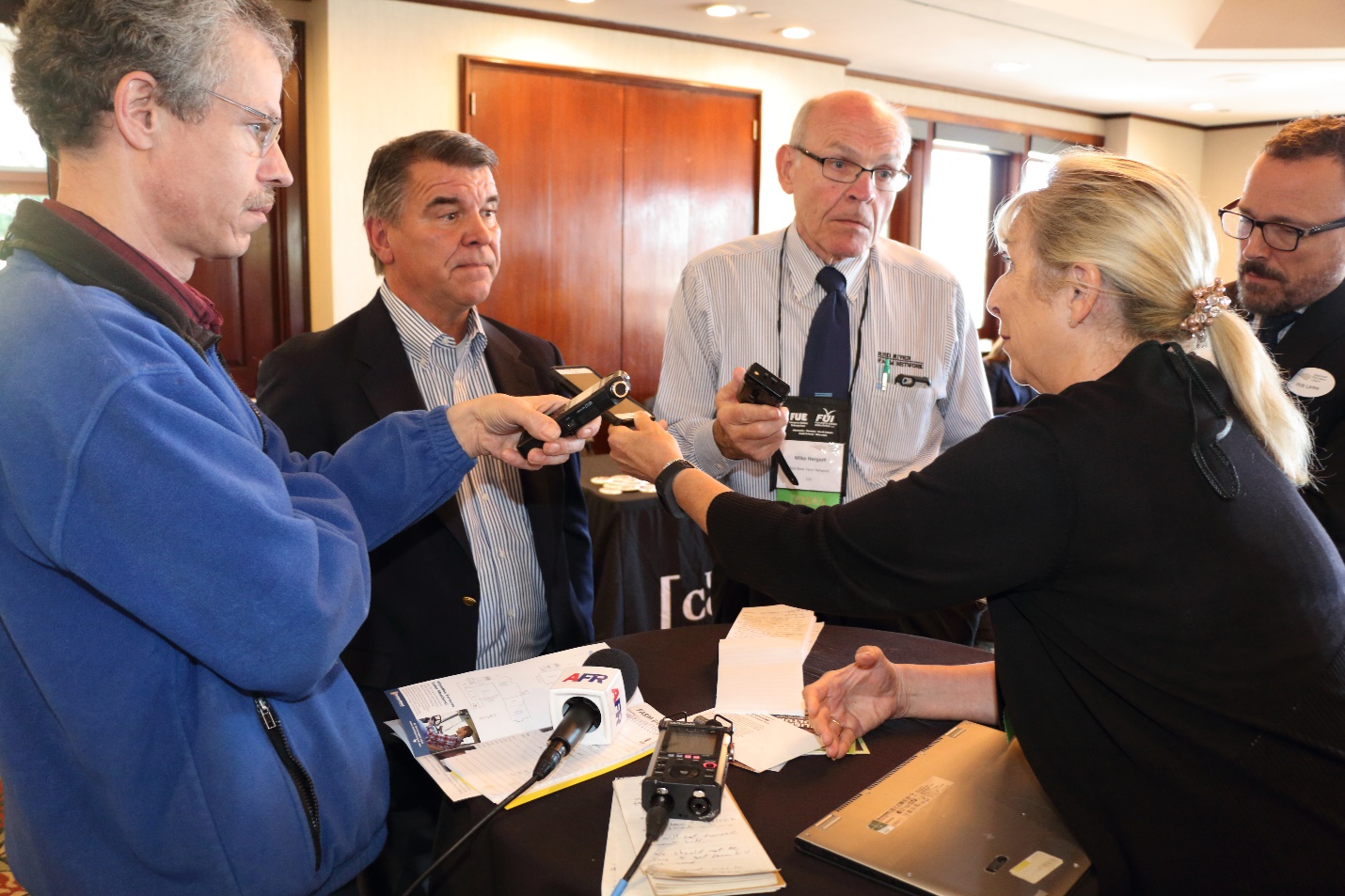
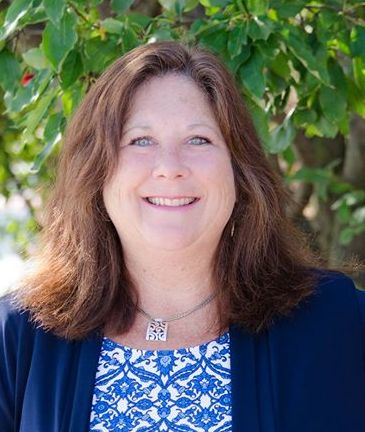 That’s advice from early in her career that Cyndi Young-Puyear (Brownfield Network, Jefferson City, MO) still reflects on today. “In my first job at a radio station, I answered the phone, wrote advertising copy, deejayed on weekends (with record albums) and performed numerous other tasks that needed to be done.
That’s advice from early in her career that Cyndi Young-Puyear (Brownfield Network, Jefferson City, MO) still reflects on today. “In my first job at a radio station, I answered the phone, wrote advertising copy, deejayed on weekends (with record albums) and performed numerous other tasks that needed to be done.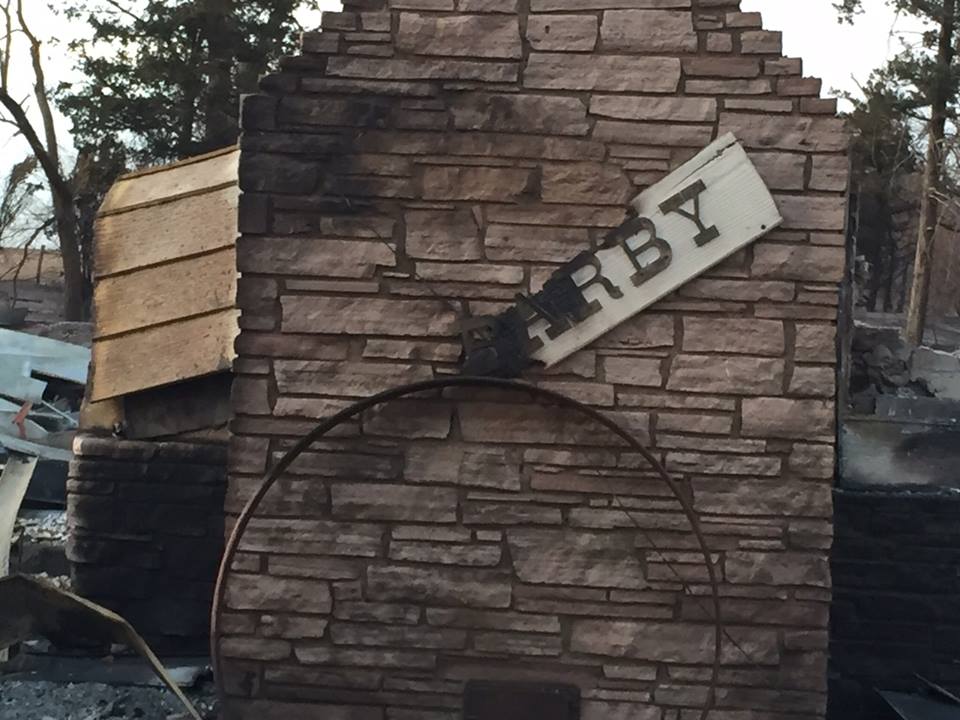 Ron Hays (Radio Oklahoma Network/KGGF Radio, Oklahoma City, OK) explains conditions that led to this disaster. “Late winter and early spring is always a dangerous time for wildfire in Oklahoma, and after good rainfall last year in northwestern Oklahoma, we had a lot of standing grass that was dry and ready to burn, so it was not a surprise when we got word of these fires in southwest Kansas, northwest Oklahoma and over the line in the northeastern corner of the Texas Panhandle.”
Ron Hays (Radio Oklahoma Network/KGGF Radio, Oklahoma City, OK) explains conditions that led to this disaster. “Late winter and early spring is always a dangerous time for wildfire in Oklahoma, and after good rainfall last year in northwestern Oklahoma, we had a lot of standing grass that was dry and ready to burn, so it was not a surprise when we got word of these fires in southwest Kansas, northwest Oklahoma and over the line in the northeastern corner of the Texas Panhandle.”